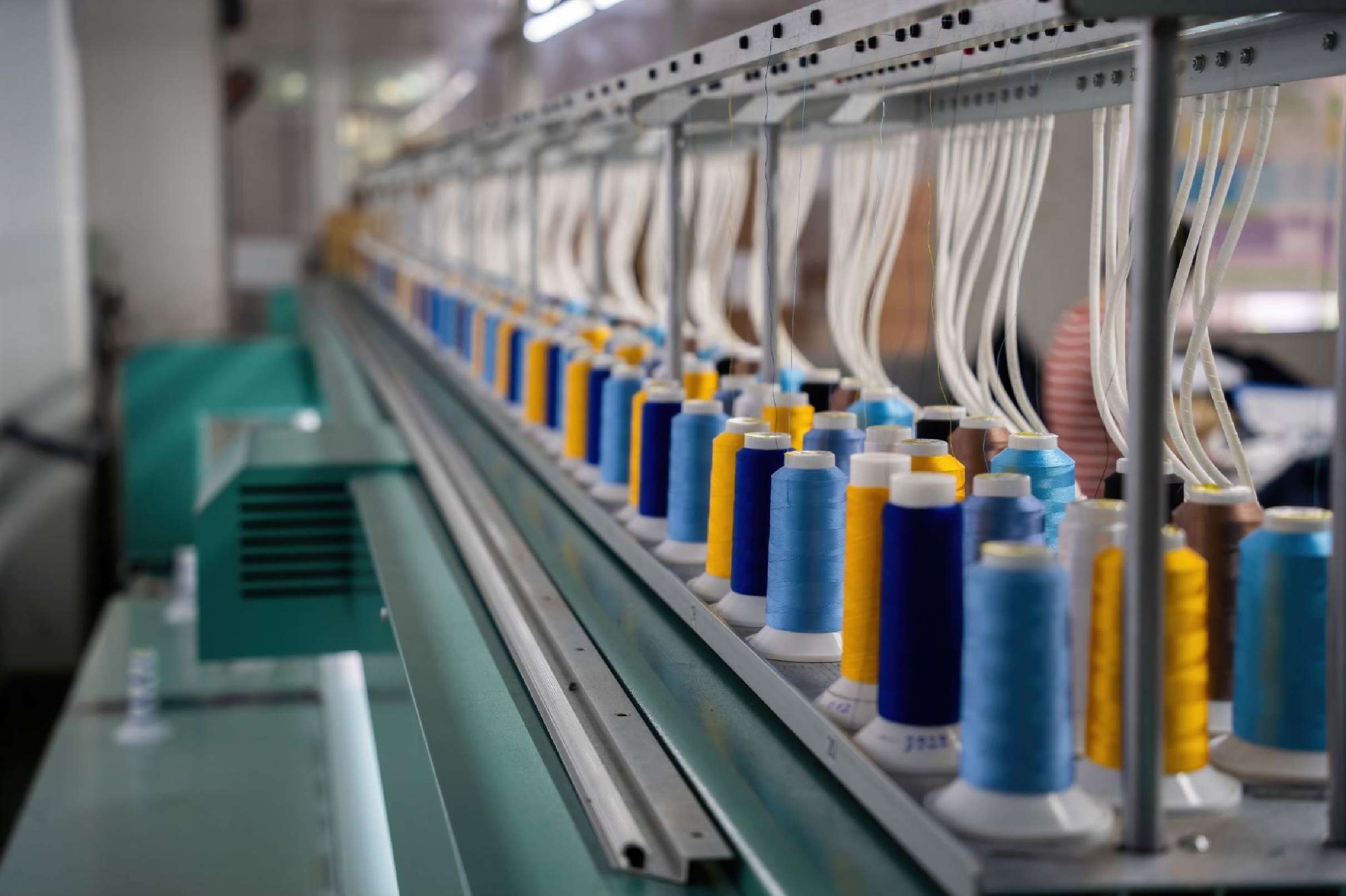Stakeholders in Zimbabwe’s cotton industry have proposed a minimum producer price of 34 cents per kg for the 2025 selling season, up from 32 cents in the previous season. Backed by farmers and merchants, the recommendation has been submitted to the Ministry of Lands, Agriculture, Fisheries, Water, and Rural Development for approval.
The proposed price aims to balance fair rewards for farmers with the financial sustainability of merchants. Farmers would initially receive payment for Grade D seed cotton upon delivery, with additional top-up payments for higher grades.
Last season, Zimbabwe’s cotton production dropped to a record low of 13,000 tons due to an El Niño-induced drought. Payment delays and inflation also frustrated farmers, with some receiving compensation in groceries instead of cash. Industry players warn that unsustainable pricing could exacerbate these issues by delaying payments further.
Such challenges have driven many farmers away from cotton production, undermining the industry’s growth.
The upcoming season brings optimism, with the anticipated La Niña weather pattern expected to improve rainfall. The Government’s 2024/25 Summer Plan aims to revitalise the sector with a total production cost target of $48.1 million.
Private sector funding will cover 33 per cent of the planned 90,000 hectare, while the Pfumvudza cotton initiative targets 180,000 hectare, requiring growers to plant two 0.25-hectare plots to access inputs.
A critical agricultural export, cotton supports Zimbabwe’s textile, stock feed, and edible oil sectors. At its peak in the 2010/11 season, the country produced 351,000 tons. Revitalising the sector requires fair pricing mechanisms and addressing payment inefficiencies.
Cottco, which sponsors 85 per cent of production and supports over 250,000 households through the Presidential Free Inputs Scheme, is spearheading reforms in the industry. Its transformation strategy focuses on enhancing operational efficiency, boosting quality and value addition, upgrading ginneries, and improving brand management.
With improved rainfall and strategic reforms, the cotton industry in Zimbabwe aims to recover its position as a vital economic driver while ensuring fair benefits for all stakeholders.












